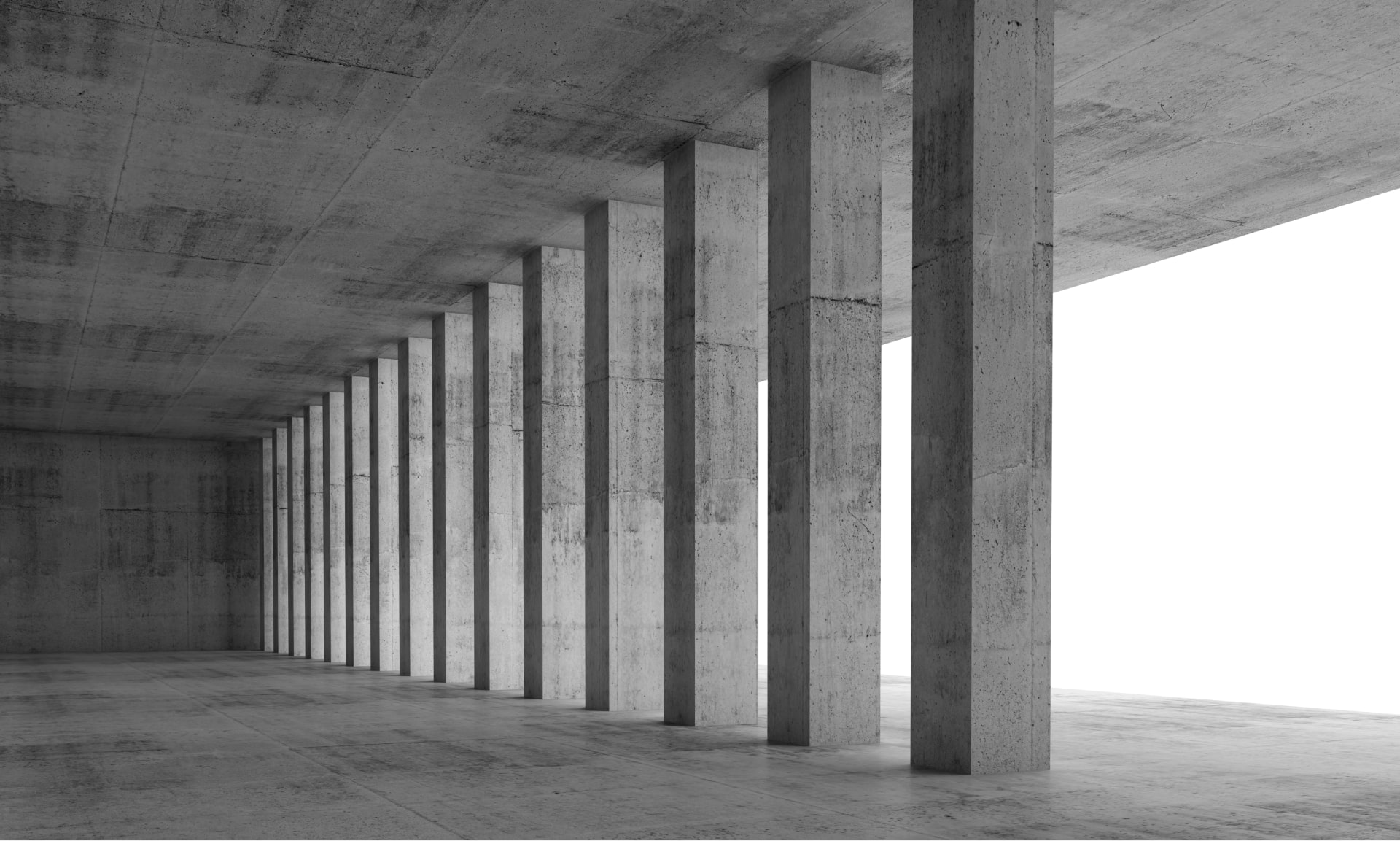Journal "Buildings"
DOI:https://doi.org/10.3390/buildings11090405
Authors: A. N. Dmitriev.
Progressive collapse is the failure of the whole structure caused by local damage, which leads to significant economic and human losses. Therefore, structures should be designed to sustain local failures and resist subsequent nonproportional damage. This paper compared four procedures for a progressive collapse analysis of two RC structures subjected to a corner column loss scenario. The study is mainly based on the methods outlined in the current Russian standard (linear static (LS) pulldown, nonlinear static (ND) pulldown, and nonlinear dynamic), but also includes LS and NS pushdown procedures suggested by the American guidelines and linear dynamic procedure. We developed detailed finite element models for ANSYS Mechanical and ANSYS/LS-DYNA simulations, explicitly including concrete and reinforcement elements. We applied the Continuous Surface Cap Model (MAT_CSCM) to account for the physical nonlinearity of concrete. We also validated results obtained following these procedures against known experimental data. Simulations using linear static pulldown and linear dynamic procedures lead to 50–70% lower results than the experimental because they do not account for the nonlinear behavior of concrete and reinforcement. Displacements obtained from the NS pulldown method exceed the test data by 10–400%. It is found that correct results for both RC structures can only be found using a nonlinear dynamic procedure, and the mismatch with the test data do not exceed 7%. Compared to static pulldown methods, LS and NS pushdown methods are more accurate and differ from the experiment by 28% and 14%, respectively. This relative accuracy is provided by more correct load multipliers depending on the structure type.

.png)





